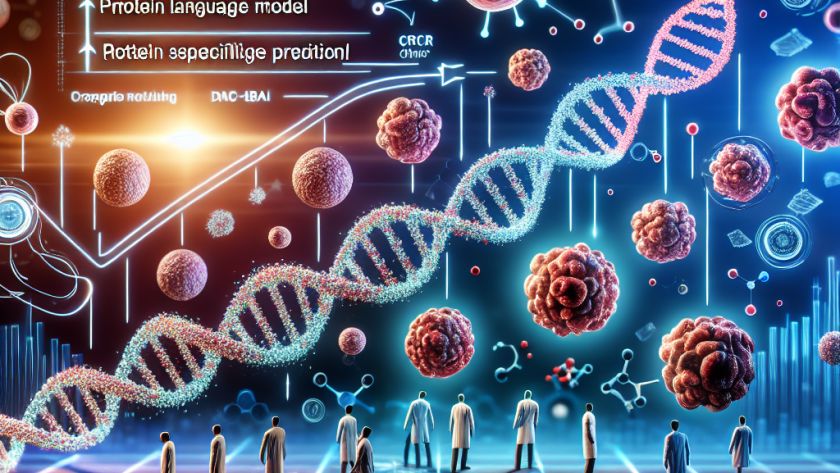


The recent release of scores by the LMSys Chatbot Arena has ignited discussions among AI researchers. According to the results, GPT-4o Mini outstrips Claude 3.5 Sonnet, frequently hailed as the smartest Large Language Model (LLM) currently available.
To understand the exceptional performance of GPT-4o Mini, a random selection of one thousand real user prompts were evaluated.…

Researchers from IBM Research Europe, the Institute of Computational Life Sciences at Zürich University of Applied Sciences, and Yale School of Medicine have evaluated the progress of computational models which predict TCR (T cell receptor) binding specificity, identifying potential for improvement in immunotherapy development.
TCR binding specificity is key to the adaptive immune system. T cells…

Sparse Autoencoders (SAEs) are a type of neural network that efficiently learns data representations by enforcing sparsity, capturing only the most essential data characteristics. This process reduces dimensionality and improves generalization to unseen information.
Language model (LM) activations can be approximated using SAEs. They do this by sparsely decomposing the activations into linear components using…


In our fast-paced digital era, personalized experiences are integral to all customer-based interactions, from customer support and healthcare diagnostics to content recommendations. Consumers necessitate technology to be tailored towards their specific needs and preferences. However, creating a personalized experience that can adapt and remember past interactions tends to be an uphill task for traditional AI…

The sheer number of academic papers released daily has resulted in a challenge for researchers in terms of tracking all the latest advances. One way to make this task more efficient is to automate the process of data extraction, particularly from tables and figures. Traditionally, the process of extracting data from tables and figures is…

In the field of natural language processing (NLP), integrating external knowledge bases through Retrieval-Augmented Generation (RAG) systems is a vital development. These systems use dense retrievers for pulling relevant information, utilized by large language models (LLMs) to generate responses. Despite their improvements across numerous tasks, there are limitations to RAG systems, such as struggling to…

Large Language Models (LLMs), which focus on understanding and generating human language, are a subset of artificial intelligence. However, their use of the Transformer architecture to process long texts introduces a significant challenge due to its quadratic time complexity. This complexity is a barrier to efficient performance with extended text inputs.
To deal with this issue,…

Designing computation workflows for AI applications faces complexities, requiring the management of various parameters such as prompts and machine learning hyperparameters. Improvements made post-deployment are often manual, making the technology harder to update. Traditional optimization methods like Bayesian Optimization and Reinforcement Learning often call for greater efficiency due to the intricate nature of these systems.…

OpenAI has recently revealed the development of SearchGPT, an innovative prototype utilizing the strengths of AI-based conversational models to revolutionize online searching. The tool's functionality is powered by real-time web data and offers fast, accurate, and contextually relevant responses based on conversational input.
SearchGPT is currently in its testing phase and available for a limited user…

In recent years, artificial intelligence advancements have occurred across multiple disciplines. However, a lack of communication between domain experts and complex AI systems have posed challenges, especially in fields like biology, healthcare, and business. Large language models (LLMs) such as GPT-3 and GPT-4 have made significant strides in understanding, generating, and utilizing natural language, powering…
